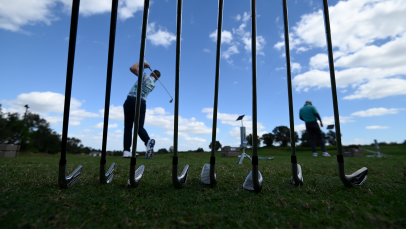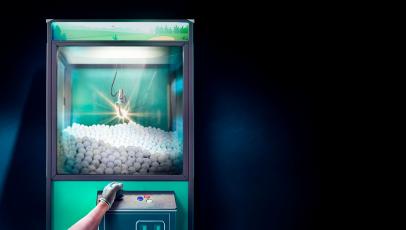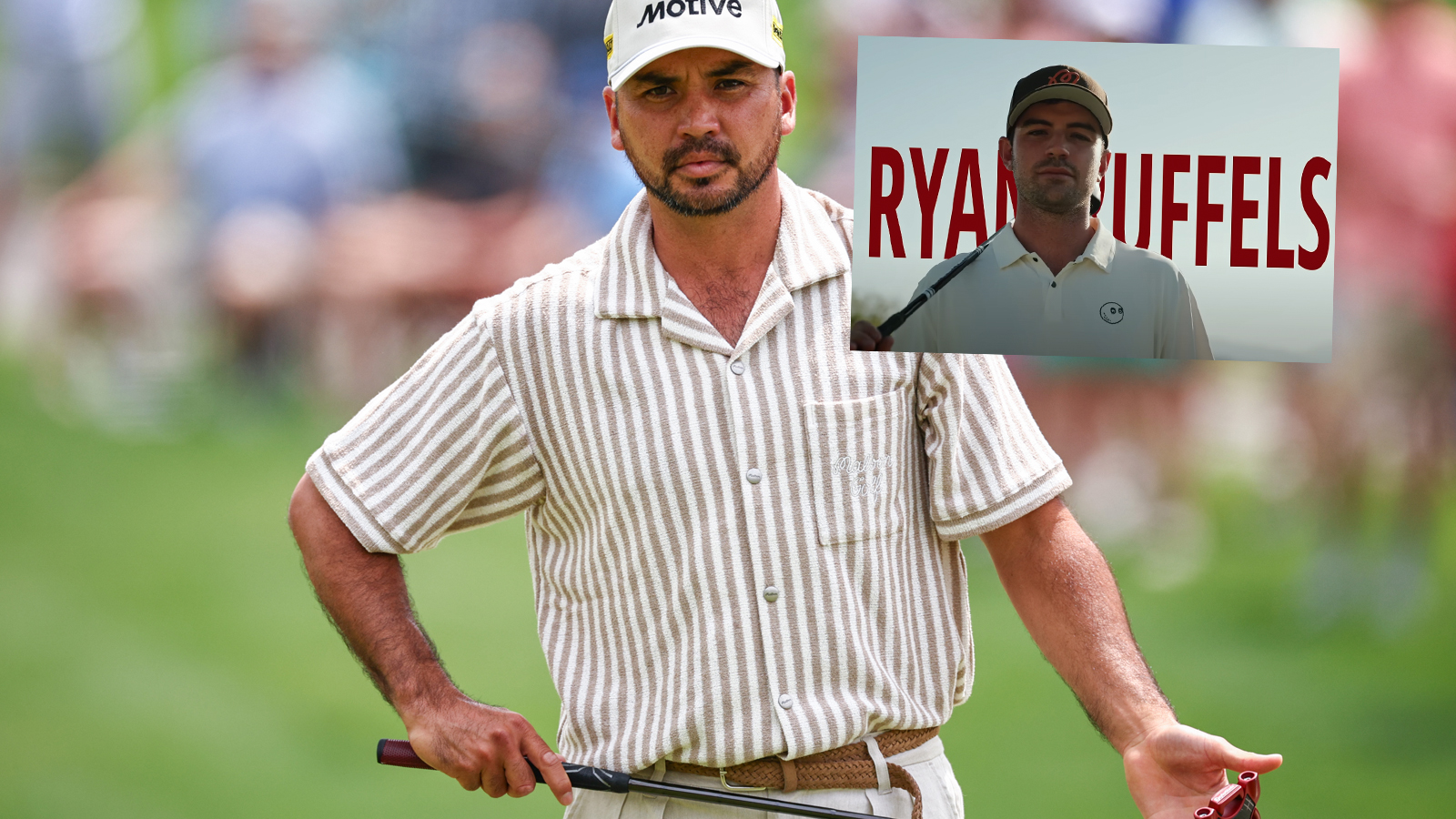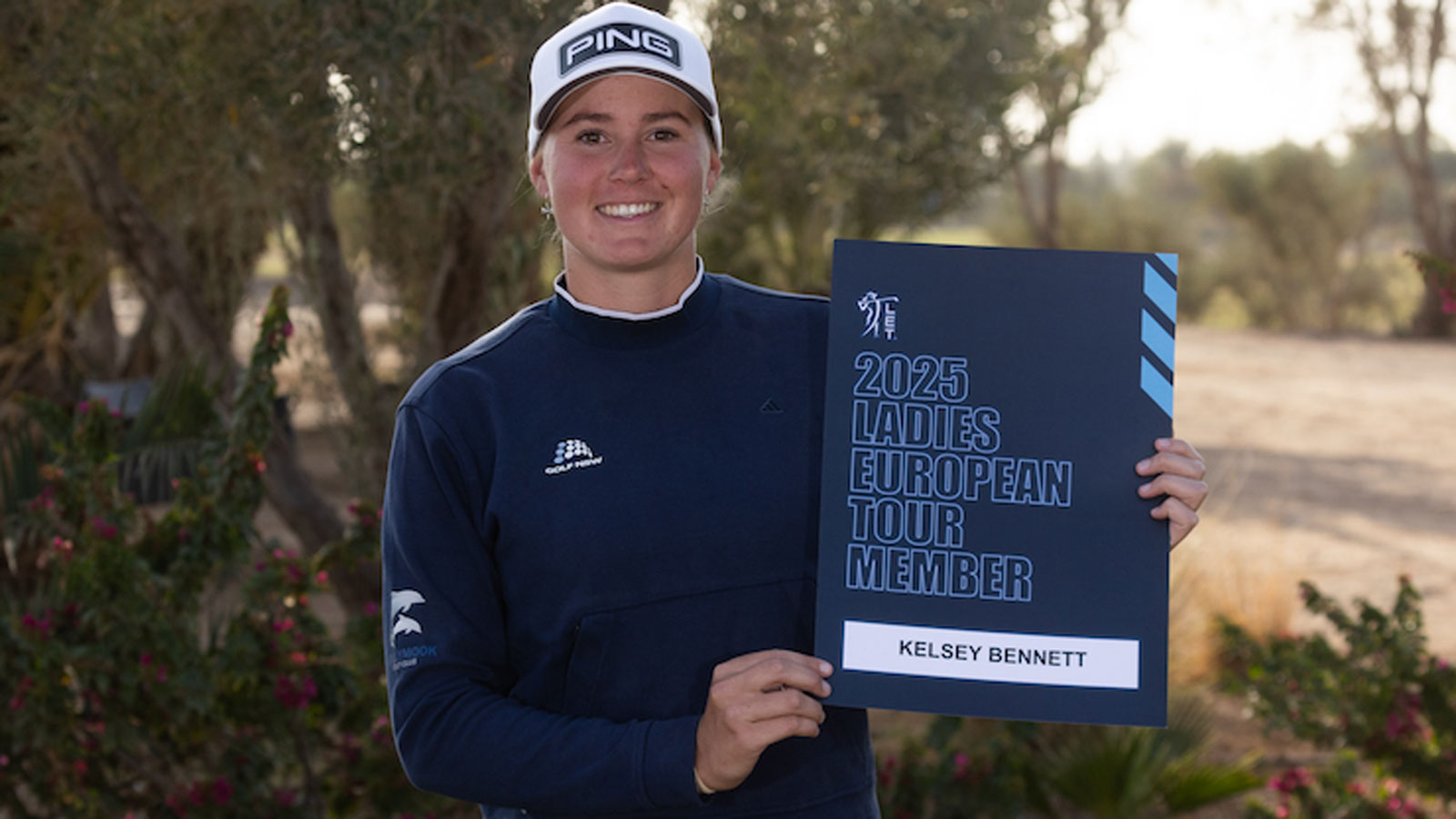The most deceiving data point when comparing irons—Smash Factor – Australian Golf Digest

- by Admin
- May 30, 2024

Smash factor is one of those club-fitting terms that insiders like to get all excited about because it sounds like a combination of Mortal Kombat tactics and sex appeal. But this is golf so in reality smash factor is as boring and as essential as, well, physics.
To review, smash factor is simply the ratio of the speed of the ball as it leaves the clubface (think “ball speed”) to the speed of the clubhead (think “swing speed”). Typically, unless you barely tick the ball off a tee, or you are hitting a full flop shot from a foot off the green, that ratio is always going to be more than 1.00 (more ball speed than swing speed).
Hot List: The best Players-Distance irons of 2024
“Smash factor is basically an efficiency ratio,” said Chris Marchini, director of golf experience for Golf Galaxy and Dick’s Sporting Goods. “The ideal number is different based on the club we’re talking about, but basically what it’s showing us is whether the player is making contact on the center of the club face.”
As a performance characteristic goes, smash factor often gets full attention with a driver fitting. The goal is to get the smash factor on a driver between 1.45 and 1.50, the latter being largely the ideal limit. The higher and more consistent the smash factor, the more likely you are maxing out the potential of the head and its various components and mass properties.
But what about smash factor in irons? It’s much more complicated for the simple reason that depending on the model, 7-iron lofts may vary by several degrees. So a higher smash factor simply could be the result of a stronger lofted 7-iron, especially true since the range of 7-iron lofts on this year’s Hot List covers seven degrees, from a low of 27 to a high of 34. (Generally speaking, players irons feature weaker lofts than game-improvement irons.) As loft increases, the smash factor will get worse simply because a more lofted iron produces a more glancing blow at impact. If you look at Trackman data, for example, the smash factor on a 7-iron for a PGA Tour player is 1.34 while it’s 1.39 for a 6-iron. That’s a difference of seven miles per hour of ball speed for just a 2 mile-per-hour change in swing speed, which means the boost in ball speed is driven largely by the decreased loft.
Hot List: The best Game Improvement irons of 2024
That means if you’re thinking one iron is “better” than another just based on its higher smash factor, you better double-check the difference in lofts. That smash factor difference could be solely the result of the loft difference. For average golfers, it’s safe to say that a smash factor with the 7-iron, which has less loft than the average 7-iron played on the PGA Tour, should be in the high 1.3s if a player is trying to achieve optimal speed, launch and spin. Generally speaking, the more forward shaft lean a player has at address, the higher the ideal smash factor will be. Why? The more shaft lean, the more you deloft your 7-iron and the more ball speed you can generate.
Smash factor remains an indication of how consistently you are reaching the ideal and most efficient transfer of energy, but it isn’t necessarily an ideal way to say that one iron is better for you than another. What it can show you is how the changes to shaft or length or lie or weight is producing more effective results with that specific model for a particular golfer. It’s a data point.
Whether it’s a driver or an iron, though, smash factor ultimately is “a scorecard,” said Ben Giunta, founder of The Tour Van, a Golf Digest Best Clubfitter with locations in Oregon, Arizona and Tennessee. “It’s your efficiency rating, but once you’re at an ideal number, then you have to look at all the other parameters to make sure you’re optimizing spin and launch and landing angle. The thing is you can’t just look at one number.”
More From Golf DIgest Hot List 2024 Hot List: Our complete list of best new golf clubs and equipment  Golf Digest Logo The best new golf balls of 2024
Golf Digest Logo The best new golf balls of 2024
At the end of the day, a consistent and optimal smash factor is going to matter because it likely reflects the best possible results for all flight characteristics while minimizing dispersion. In other words, where the golf ball is going and how consistently it is going there should be your guide. Not some calculation that sounds more complicated than it is.
Hot List: The best Players irons of 2024
This article was originally published on golfdigest.com
The Latest News
-
December 24, 2024North Lamar Australian Basketball
-
December 24, 2024We asked Golf Digest writers the story they were proudest of in 2024, and why – Australian Golf Digest
-
December 24, 2024Blueprint for success: how Australian architects made the world take notice in 2024
-
December 24, 2024‘Novak Djokovic will only care about the Australian Open and Wimbledon’
-
December 24, 2024PNG-Australia NRL Deal: K1.7 billion economic boost and 10,300 jobs expected





